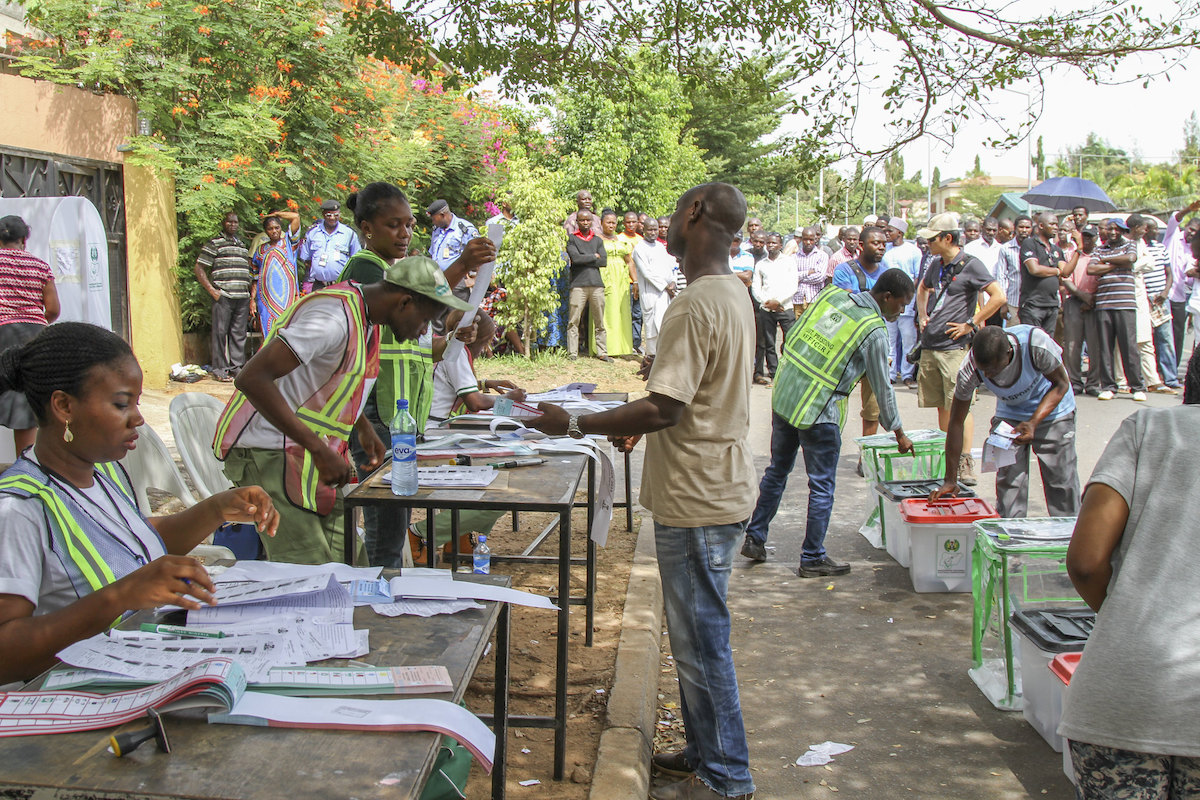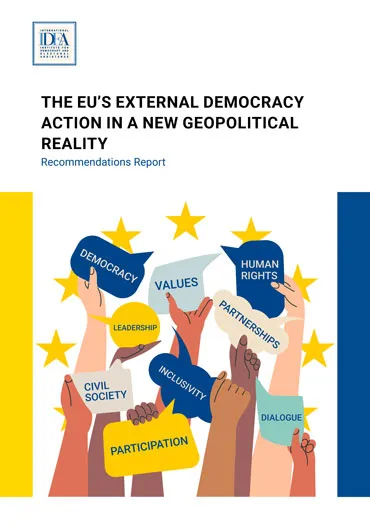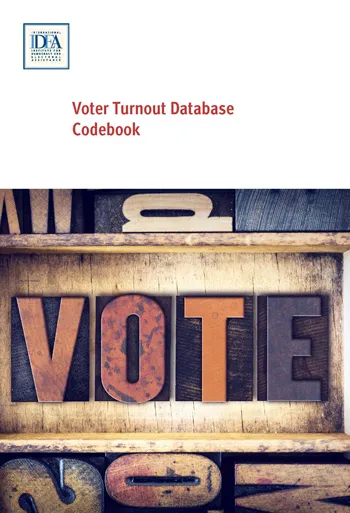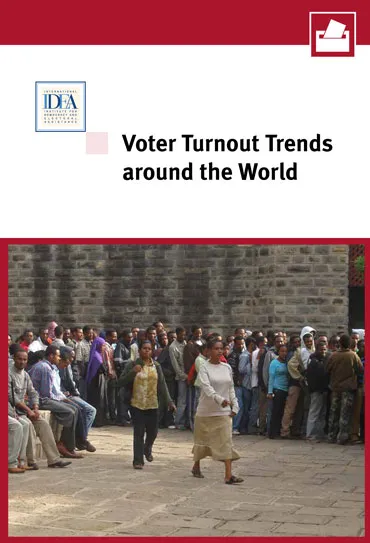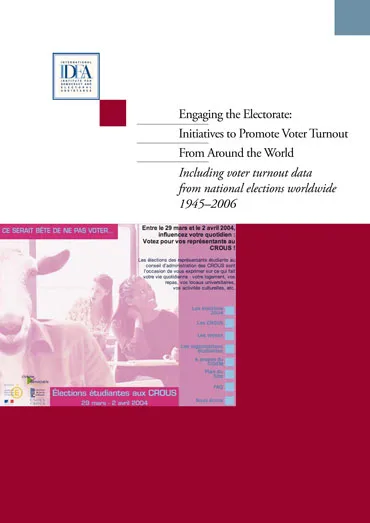In this database we use the Voting Age Population (VAP), as well as the number of Registered Voters (REG) as indicators of political participation. The VAP figure includes an estimated number of all those citizens over the legal voting age, while the registration rate comprises the actual number of people on the voters’ roll.
The users of the database will notice that in some instances the registration rate (REG) for a country actually exceeds the estimated number of eligible voters (VAP). The explanation for this apparent anomaly usually lies either in the inaccuracy of the electoral roll, or in the estimated number of eligible voters (VAP).
In some countries, the roll is extremely difficult to keep up to date, and deaths or movements of electors from one district to another are not reflected in the roll, something which is a common problem facing electoral administrators around the world.
It is important to emphasize that the registration figures are, in most cases, more recently updated than population figures. The VAP is based on the most recent population census figure available. Although not an exact figure, it is a reflection of the demographic trend and estimated population growth of a country.
